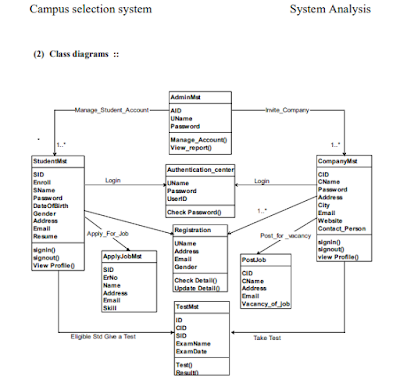(1) What is the @ViewChild decorator used for?
• To add metadata for the children of a view
• The InjectionToken class To get a handle on a DOM node decorated with a ref tag(#ref_id)
• To make custom * directives
(2) An Observable represents what?
• Multiple values now
• Multiple values in the future
• Multiple values now or in the future
(3) Where should you sort and filter data?
• In your component
• In a directive
• In a filter
(3) Where should you sort and filter data?
• In your component
• In a directive
• In a filter
(4) Which decorator lets you inject a service registered with an Injection Token?
• Import
• Inject
• Input
(5) What directive helps you hide functionality you don’t want to be visible before users log in?
• ngHide
• ngShow
• ngIf
• ngAuthenticated
(6) Which decorator lets you inject a service registered with an Injection Token?
• Value comparison
• Deep value comparison
• Immutable comparison
• Mutable comparison
• Identity comparison
(7) Which of these would you use to toggle applying multiple classes to an element?
• Use a class binding
• Use a style binding
• Use ngClass
(8) What is the default token in Angular’s Dependency Injector?
• A string
• A class
• The Token class
(9) Which decorator lets you inject a service registered with an Injection Token?
• Import
• Inject
• Input
(10) Which decorator lets you inject a service registered with an Injection Token?
• Import
• Inject
• Input
<< Angular Fundamentals part-3 Angular Fundamentals part-5 >>









